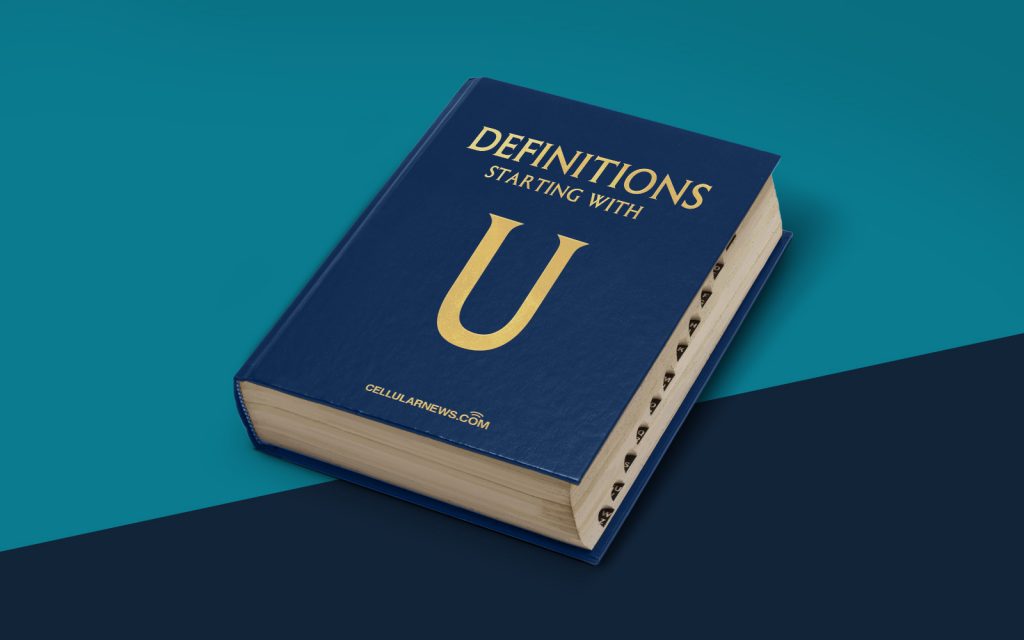
What is Unicode? A Simplified Definition
Welcome to the “DEFINITIONS” category of our blog, where we aim to demystify technical terms and concepts. In today’s post, we will dive into the fascinating world of Unicode. So, what exactly is Unicode, and why should you care? Let’s find out!
Key Takeaways
- Unicode is a standard encoding system that assigns a unique code point to every character in almost all writing systems used worldwide.
- Using Unicode ensures that computers and software can handle and display text in multiple languages and scripts seamlessly.
Now, let’s dig deeper into the definition of Unicode. In simple terms, Unicode is a universal character encoding standard that facilitates the representation of text in various writing systems and languages across different platforms and devices. It replaces the limitations of older character encoding systems, such as ASCII, that were designed for specific languages.
So, what makes Unicode so powerful and widely adopted? Here are a few key points to consider:
- 1. Universality: Unicode covers characters from almost all known writing systems in the world. This allows for seamless communication and information exchange regardless of language or script.
- 2. Multilingual Support: With Unicode, you can write and display text in multiple languages within the same document or software application without any conflicts. This is especially crucial for websites, software, and communication tools used globally.
- 3. Extensibility: Unicode is constantly evolving and adding support for new characters and scripts. This ensures that it can keep up with the ever-expanding needs of modern communication.
Unicode assigns a unique numerical value, known as a “code point,” to each character. These code points are expressed as hexadecimal numbers and can range from U+0000 to U+10FFFF. By using a unique code point for each character, Unicode enables computers and software to accurately represent and interpret text in any language or script.
It’s important to note that Unicode is not a font itself. Fonts or typefaces are designed to visually represent the characters encoded by Unicode. Different fonts can display the same Unicode character differently, giving you a wide range of options when it comes to typography and design.
In conclusion, Unicode is a fundamental aspect of modern digital communication. It allows us to bridge language barriers and embraces the diversity of writing systems worldwide. By using Unicode, computers, software, and devices can handle and display text accurately, making our digital experiences more user-friendly and inclusive.
We hope this blog post has shed some light on the concept of Unicode. If you have any further questions or would like to explore related topics, feel free to explore our blog. Stay tuned for more exciting definitions in our “DEFINITIONS” category!
